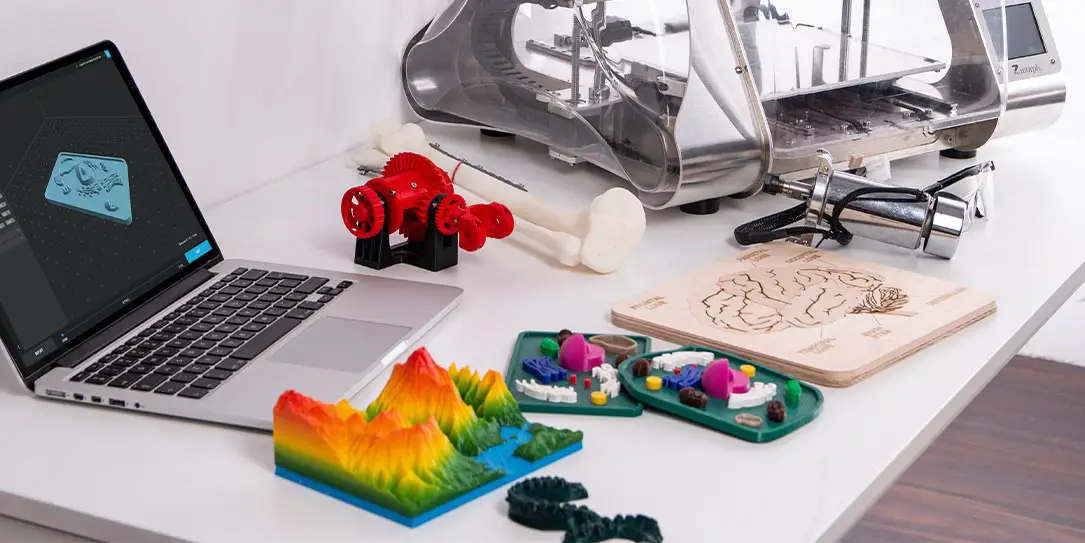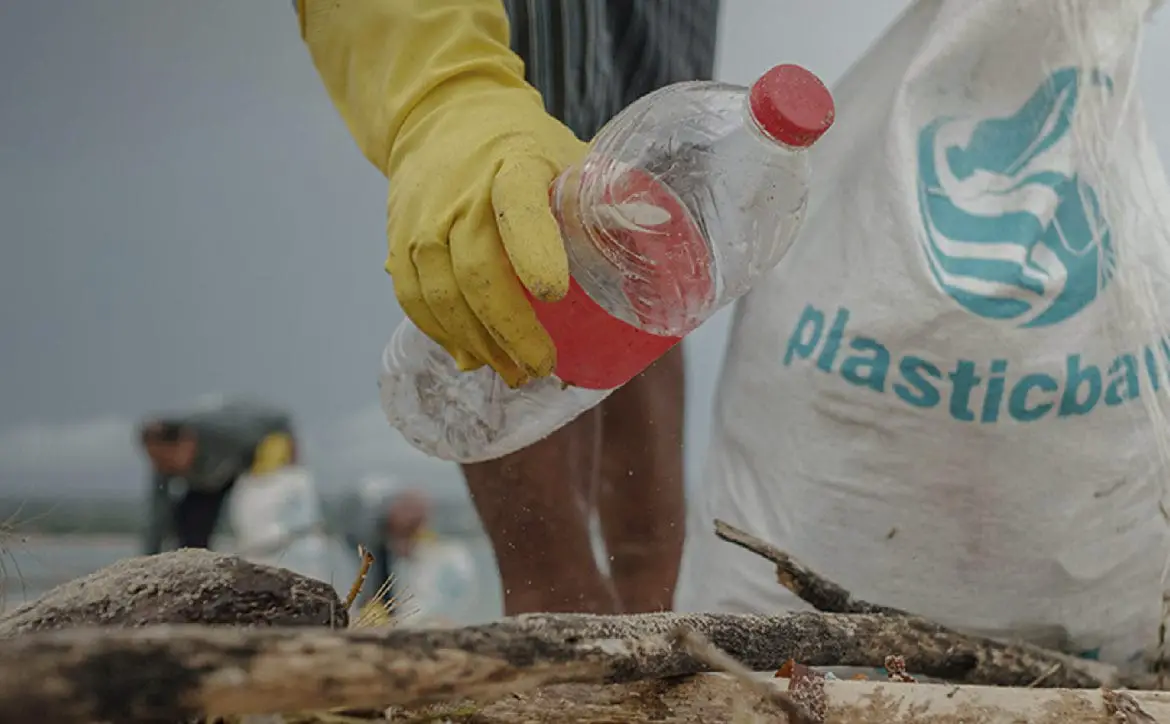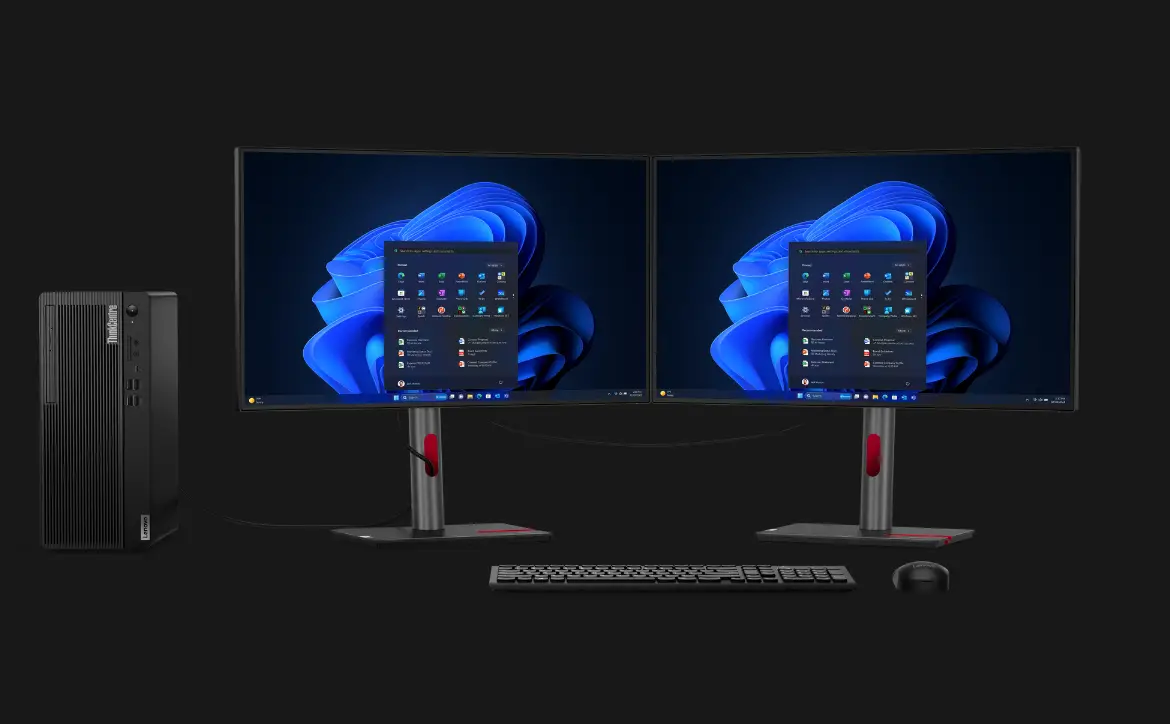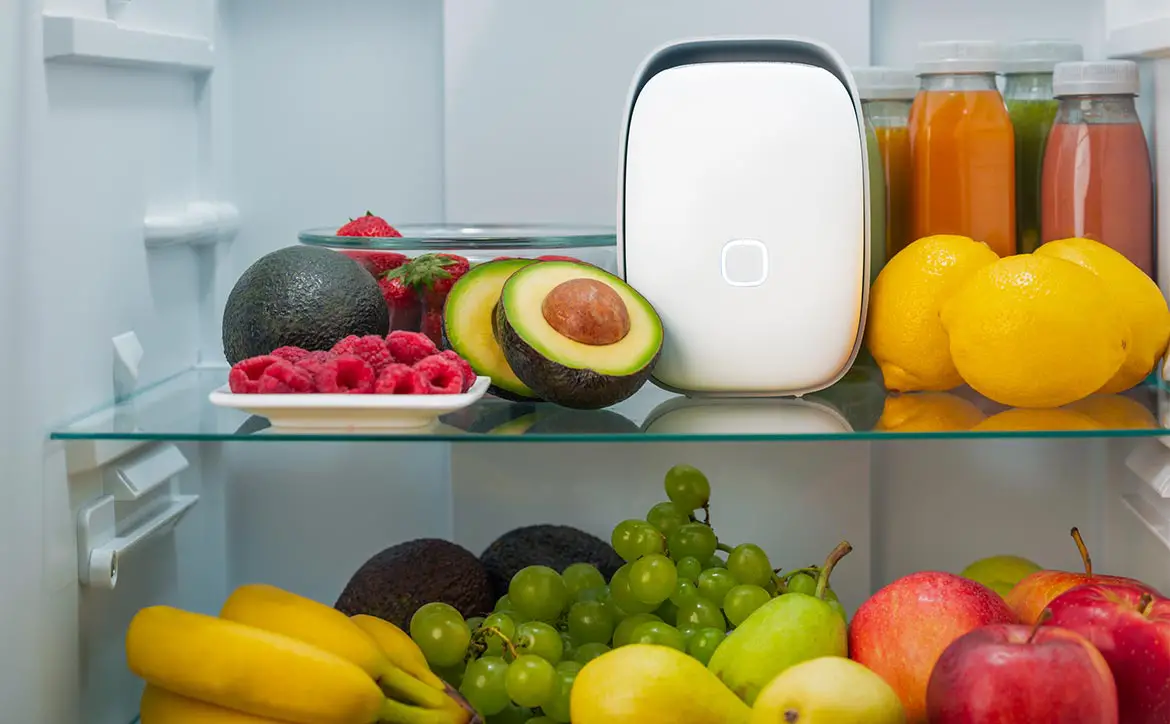The world of 3D printing continues to grow as more and more companies are adopting the technology. These companies are looking for innovations, including new software, equipment, and even materials.
If you’re new to 3D printing, you might find yourself thinking that thermoplastics are the only material at your disposal. You’d be wrong. Not only does this type of material come in a variety of forms — resin, powder, filament — there are numerous other materials available as well such as metal and sand.
This guide should help you learn about currently available 3D printing materials, including their properties and potential applications.
Types of 3D printing materials
ABS
Acrylonitrile butadiene styrene, ABS for short, is a type of low-cost plastic that is water-, chemical-, and impact-resistant. It’s also tough and non-toxic. It retains color well and has a smooth finish. It becomes malleable at around 220 degrees C (430 F). These properties are what make ABS the material used in making Legos. They are also why ABS 3D printing is used in a variety of industries such as Architecture and Manufacturing.
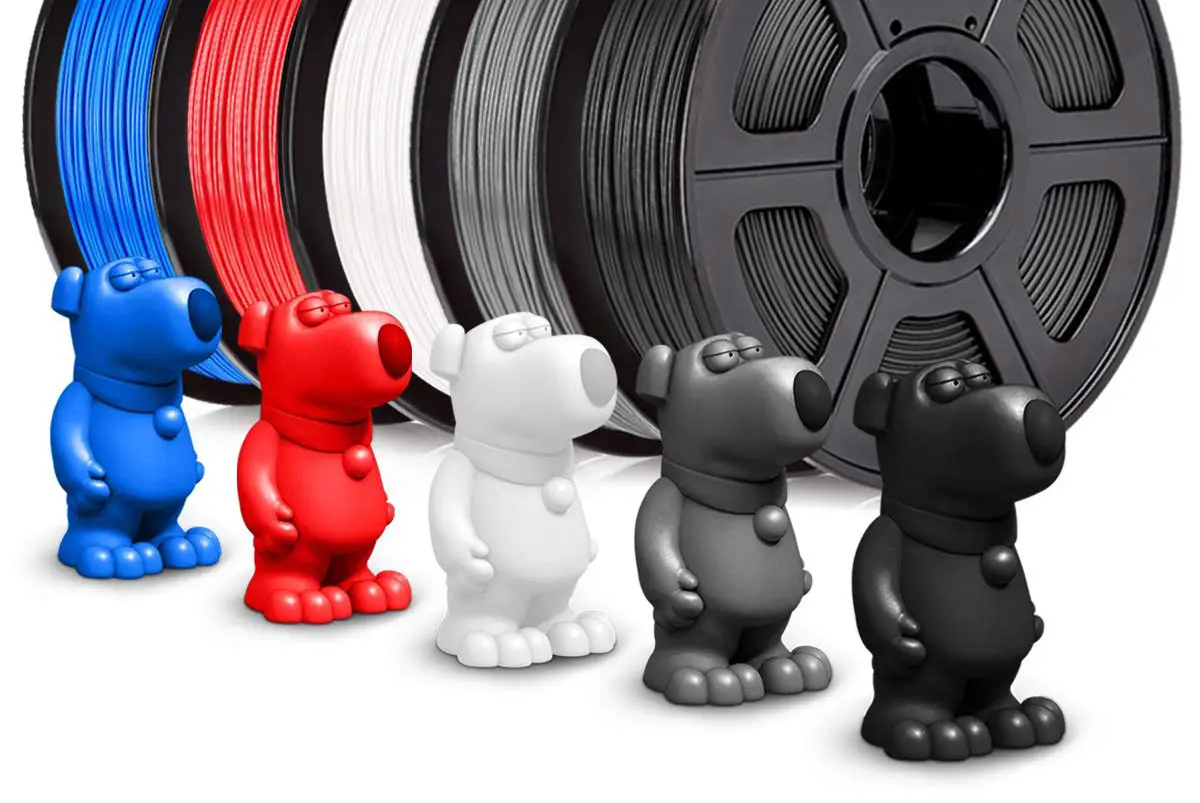
PLA
Polylactic Acid, or PLA, is a fully biodegradable polymer plastic. This is because the material is made from sugarcane or cornstarch. Printing with PLA gives off a pleasantly sweet smell. It is inexpensive and doesn’t require a heated bed. It doesn’t contract as much as ABS. Moreover, it comes in a variety of colors and composites. If you want an eco-friendly, renewable option, PLA 3D printing is your best bet.
PEEK
PEEK, or polyether ether ketone, is a high-performing 3D printing material usually used in chemical, thermal, and mechanical high strength applications. It is very durable and has a very high impact strength. With a very high resistance to heat, chemicals, and water, it is also flame retardant. Because of these specific properties, PEEK is used in the medical, oil and gas, aerospace, and automotive industries.
Take note that this material is one of the most expensive and requires a well-performing, high-temperature 3D printer.
PETG
Polyethylene terephthalate glycol-modified or PETG for short is an extremely high strength filament that can be used at lower temperatures. It is extremely tough and easy to print, producing a smooth surface finish. PETG has good impact resistance and chemical resistance. It is also resistant to water, acid, and alkalis, as well as food safe.
PETG is used in making water bottles and food containers. It is also used to 3D print mechanical parts, artistic products such as bracelets and rings, and robotics.
HIPS
High Impact Polystyrene, HIPS for short, is a lightweight, low-cost material commonly used as dissolvable support for products made with ABS. When used as a support material, HIPS can be removed using d-Limonene, leaving the product smooth and free of any support material. This material is impact and water-resistant. It has a lot of the same properties as ABS, though it is more dimensionally stable. Also, like ABS, HIPS requires a heated chamber and heated bed. It also needs a high printing temperature.
PVA
Polyvinyl alcohol is one of the few other 3D printing materials that are biodegradable. However, unlike PLA, it is soft and quite sensitive to moisture, dissolving when exposed to water. These properties make it a good option as a support material. In addition, PVA can also be used for rapid prototyping. However, it does release unpleasant chemicals while printing. It is also quite expensive, tends to clog the nozzle, and needs to be stored in airtight containers.
Alumide
Alumide is a combination of aluminum and nylon particles. Because of this, the material is water-resistant, tough, and has great heat resistance. Alumide produces a metallic-looking, porous surface. It is used in SLS 3D printing. It can be used in manufacturing, rapid prototyping, and DIY projects.
Nylon
Nylon is a material that is highly resistant to damage and strong mechanical properties. It is non-toxic, flexible, and has high tensile strength. Products printed using nylon have a rough surface, which requires post-processing. It has low friction and very little warpage.
Nylon is one of the most common 3D printing materials used in various industries because of its properties and low cost. It requires a heated print bed and a high temperature to melt. Nylon is a material you can use with FFF (Fused Filament Fabrication) and FDM (Fused Deposition Modeling) 3D printers.
Aluminum
Aluminum is a very light and versatile metal. It has a high resistance to high temperature and stress. Aluminum can be combined with alloys to gain other mechanical properties and increase the material’s strength. Aluminum can be used with Direct Metal Deposition and Binder Jetting 3D printing technologies.
Cobalt-Chromium
This is another example of metal 3D printing materials. It is a superalloy that is used for high-performance applications such as turbines used in the aerospace industry. Cobalt-Chromium is very strong and resistant to corrosion, which makes it a popular choice among manufacturing companies. You can use this material with 3D printers that feature Direct Metal Laser Sintering and SLM technologies.
Wood Filament
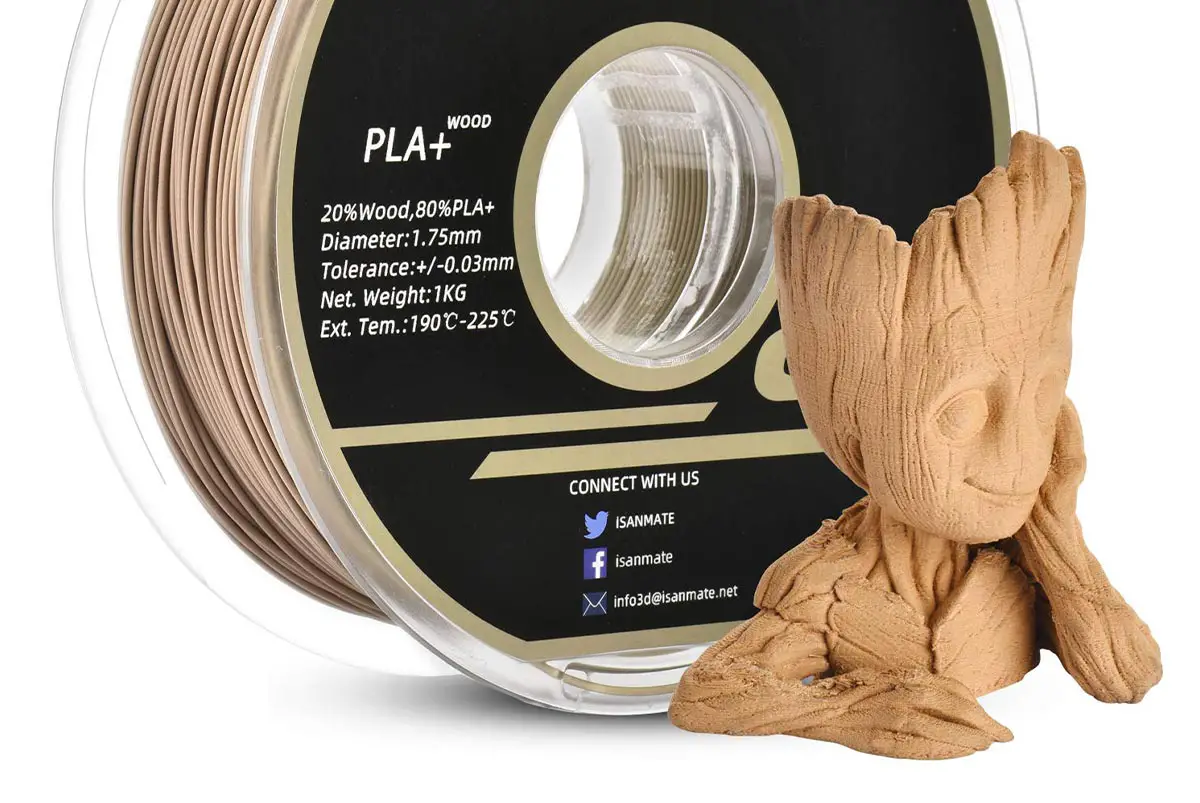
This type of 3D printing material is not completely made out of wood. It is a combination of PLA, polymer glue, and wood particles. When printed, products made of wood filament has an attractive wood-like finish. The wood in wood filaments can be bamboo, ebony, or mahogany. Wood filaments are quite expensive. They are typically used to make sculptures and wood-like carvings.
There you have it! What do you think about this guide? Do you have a better understanding of 3D printing materials? Let us know in the comments below or on Twitter, Facebook, or MeWe.
In some of our articles and especially in our reviews, you will find Amazon or other affiliate links. As Amazon Associates, we earn from qualifying purchases. Any other purchases you make through these links often result in a small amount being earned for the site and/or our writers. Techaeris often covers brand press releases. Doing this does not constitute an endorsement of any product or service by Techaeris. We provide the press release information for our audience to be informed and make their own decision on a purchase or not. Only our reviews are an endorsement or lack thereof. For more information, you can read our full disclaimer.
Last Updated on February 3, 2021.

